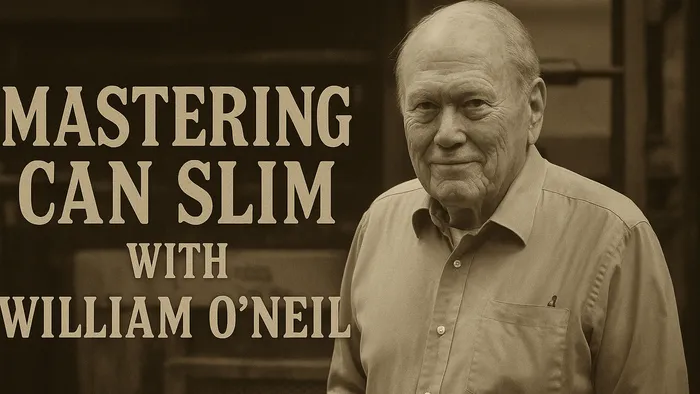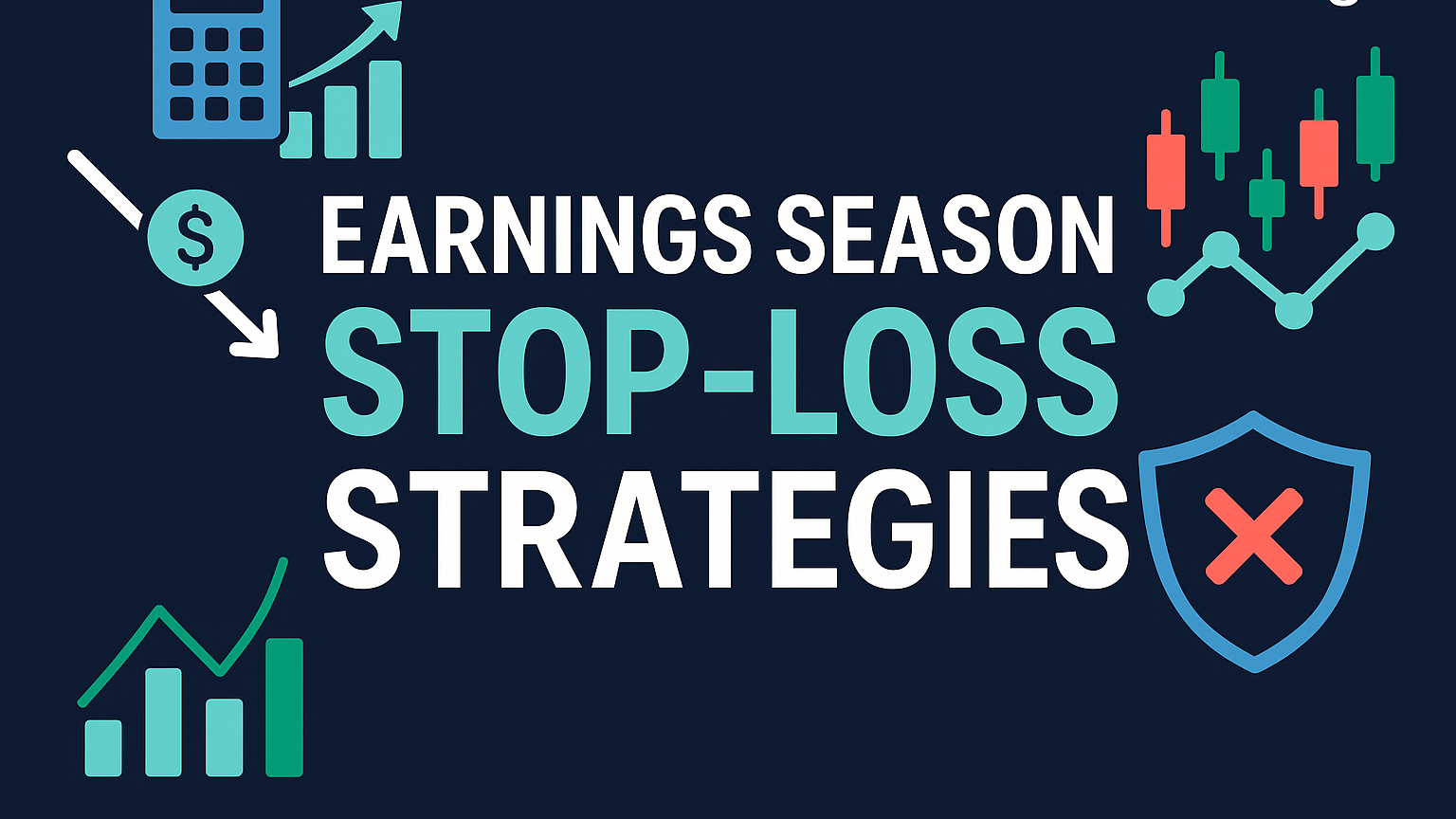Explore effective trading strategies that blend data-driven analysis and risk management to identify market leaders and maximize returns.
William O'Neil revolutionized stock trading by combining data-driven analysis with proven investment principles. His CAN SLIM system and technical tools like the Cup with Handle pattern have consistently identified market leaders and delivered high returns.
Key Takeaways:
- CAN SLIM Strategy: Focuses on 7 factors like earnings growth, market trends, and institutional support. Example: Dell's 587% rise in 61 weeks due to strong earnings growth.
- Risk Management: Use the 8% stop-loss rule to minimize losses. Tighten to 2–3% in volatile markets.
- Technical Analysis: Patterns like Cup with Handle (95% success rate) and RS ratings (87+ for top stocks) guide entry/exit points.
- Modern Relevance: CAN SLIM principles apply to cryptocurrencies and tech stocks. Tools like TrendSpider and LuxAlgo’s Price Action Concepts toolkit help automate analysis.
Quick Comparison of CAN SLIM Components

| Component | Focus Area | Example |
|---|---|---|
| C | Quarterly earnings growth (25%+) | Cisco: 150% and 155% EPS growth before a rally |
| A | Annual growth (25%+ over 3–5 years) | Walmart: 43% annual growth (1977–1990) |
| N | New products or leadership | Apple: 350% earnings boost in 2004 |
| S | Supply/Demand (low share float) | 95% of top stocks had limited shares |
| L | Market leaders | Focus on industry leaders with strong RS ratings |
| I | Institutional support | Track fund ownership trends |
| M | Market trends | Invest during confirmed uptrends |
O'Neil’s strategies remain powerful for traders seeking growth-focused opportunities in today’s markets.
CANSLIM Trading Strategy: Beat 99% of Investors Using This Simple Strategy
CAN SLIM Trading System
The CAN SLIM system, developed from William O'Neil's data-driven strategies, combines technical and fundamental analysis. Between 1999 and 2013, this method outperformed the NASDAQ 100 Index by 0.94% per month.
CAN SLIM Components Explained
Each letter in CAN SLIM highlights a key factor for identifying high-potential stocks:
| Component | Key Criteria | Example |
|---|---|---|
| C: Current Earnings | At least 25% quarterly growth | Dell achieved 74% and 108% EPS growth before its stock soared 587% in 61 weeks (1996) |
| A: Annual Growth | 25%+ annual earnings growth over 3–5 years | Walmart averaged 43% annual growth between 1977 and 1990 |
| N: New Factors | Product launches or leadership changes | Apple's product releases drove a 350% earnings boost in 2004 |
| S: Supply/Demand | Fewer than 25M shares outstanding | 95% of top-performing stocks had a limited share float |
| L: Leader Status | Strong relative strength within the industry | Prioritize industry leaders with top RS ratings |
| I: Institutional Support | Increasing institutional ownership | Monitor trends in ownership by major funds |
| M: Market Direction | Align with overall market trends | 75% of stocks move in sync with the broader market |
"The number one market leader is not the largest company or the one with the most recognized brand name; it's the one with the best quarterly and annual earnings growth, return on equity, profit margins, sales growth, and price action." – William O'Neil
These elements form the foundation for picking stocks, guiding the analysis process.
Implementation Steps
-
Market Analysis
Start with a broad market evaluation. As O'Neil noted, "at least 50% of the whole game is the general market". Use trusted technical indicators to gauge market direction and strength. -
Stock Selection
Look for companies with standout earnings growth. For example, prioritize stocks with consistent and rapid earnings increases. -
Technical Confirmation
Focus on stocks breaking out of strong base patterns, accompanied by high trading volume.
"The whole secret to winning big in the stock market is not to be right all the time, but to lose the least amount possible when you're wrong".








